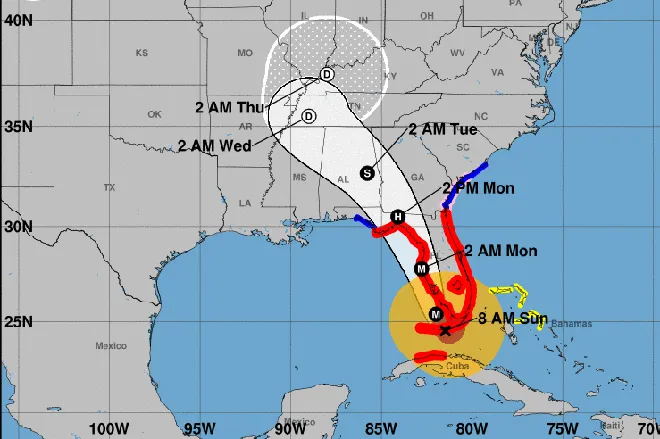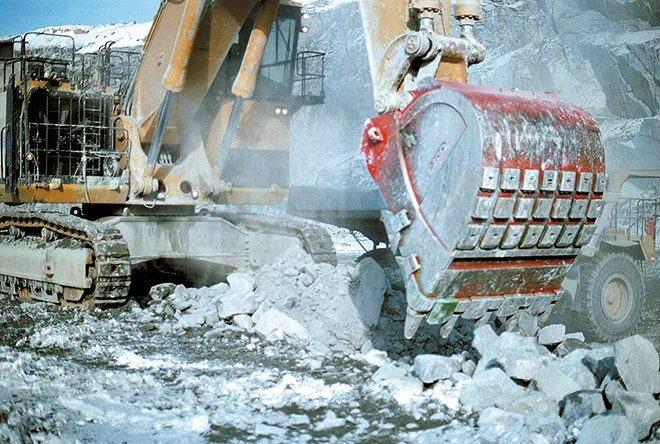
Time for Spring Cleaning – and Hantavirus Safety
By Chris Sorensen
With the onset of warmer weather, annual spring cleaning often includes clearing out sheds, out buildings, recreational vehicles and other areas used by rodents as winter shelter – and that brings the potential for exposure to hantavirus. Even an occupied home can potentially be contaminated with droppings and urine carrying Hantavirus.
Hantavirus Pulmonary Syndrome (HPS) is a serious, potentially fatal, respiratory illness carried by deer mice throughout the state. Deer mice can be particularly abundant in rural areas such as Kiowa County.
Colorado has already had one fatality from HPS in 2016 as confirmed by the Colorado Department of Health and Environment. A Kiowa County resident died from HPS in February 2008, and a Prowers County resident in May 2009.
Hantavirus can infect people who breath in dirt and dust contaminated with deer mouse urine and feces. While most infections occur in early spring and summer, there is potential for exposure at any time of year. Hantavirus is not spread from person to person.
Symptoms of Hantavirus infection include fever and chills beginning one to six week after exposure, and may also include nausea, vomiting and diarrhea. The disease can progress rapidly, and people experiencing these symptoms after exposure should seek immediate medical attention.
HPS is fatal in about 40 percent of cases in Colorado.
Tips for safely cleaning up rodent droppings, dead rodents and nests
- Wear rubber or plastic gloves
- Spray cleaning solution on rodent droppings, dead rodents, and nests
There are various acceptable cleaning solutions
- A homemade mixture of bleach and water (add 1 1⁄2 cups bleach to 1 gallon water or one part bleach to 9 equal parts water)
- Any general-purpose household disinfectant (the word “disinfectant” must appear on the label)
- Wait 5 minutes to allow full absorption and time to kill the virus
- Wipe droppings up with a paper towel and dispose of in the trashcan
- Pick up saturated dead rodents and nesting material with a paper towel. Double bag and dispose of in a trashcan
- Give a final cleaning to the area by scrubbing, sponging, or mopping with a bleach and water mixture or household disinfectant
- After removing gloves, wash hands with soap and water
CAUTION: Never vacuum or sweep when cleaning up rodent infested areas. Virus particles escape into the air and then they can be breathed in and expose you to Hantavirus.
Rodent Proofing
1. Locate and seal any holes and gaps that a pencil can fit through
a. Inside and outside the structure
b. Cracks in foundation
c. Between the roof and the house
d. Pipe and plumbing holes for sinks, water heaters, furnaces and wash machines
e. Especially important for trailer skirts
2. Food elimination
- Keep food and garbage cleaned up in sturdy plastic or metal containers covered tightly
- Practice timely clean up of spilled food
- Do not allow your pets’ food and water dishes to remain filled
3. Harborage elimination
- Trim and/or remove weeks, brush, shrubbery, and grass that is within 100 feet of your home
- Remove old automobiles, tires, and other items from around your home
- Relocate woodpiles, hay, and composting bins so that they are at least 100 feet away from your home. If possible, raise wood piles and hay at least 1 foot off the ground
4. Continuous trapping/poison program
a. Keep traps and poison away from children and pets
b. Place traps in areas where you have seen rodents or proof of rodents and where you suspect they may be entering the home
c. DO NOT use live or glue traps because live rodents urinate and defecate once caught which increases your risk
d. Check traps regularly and refill
For more information about Hantavirus, visit the Centers for Disease Control and Prevention web site at http://www.cdc.gov/hantavirus/

















